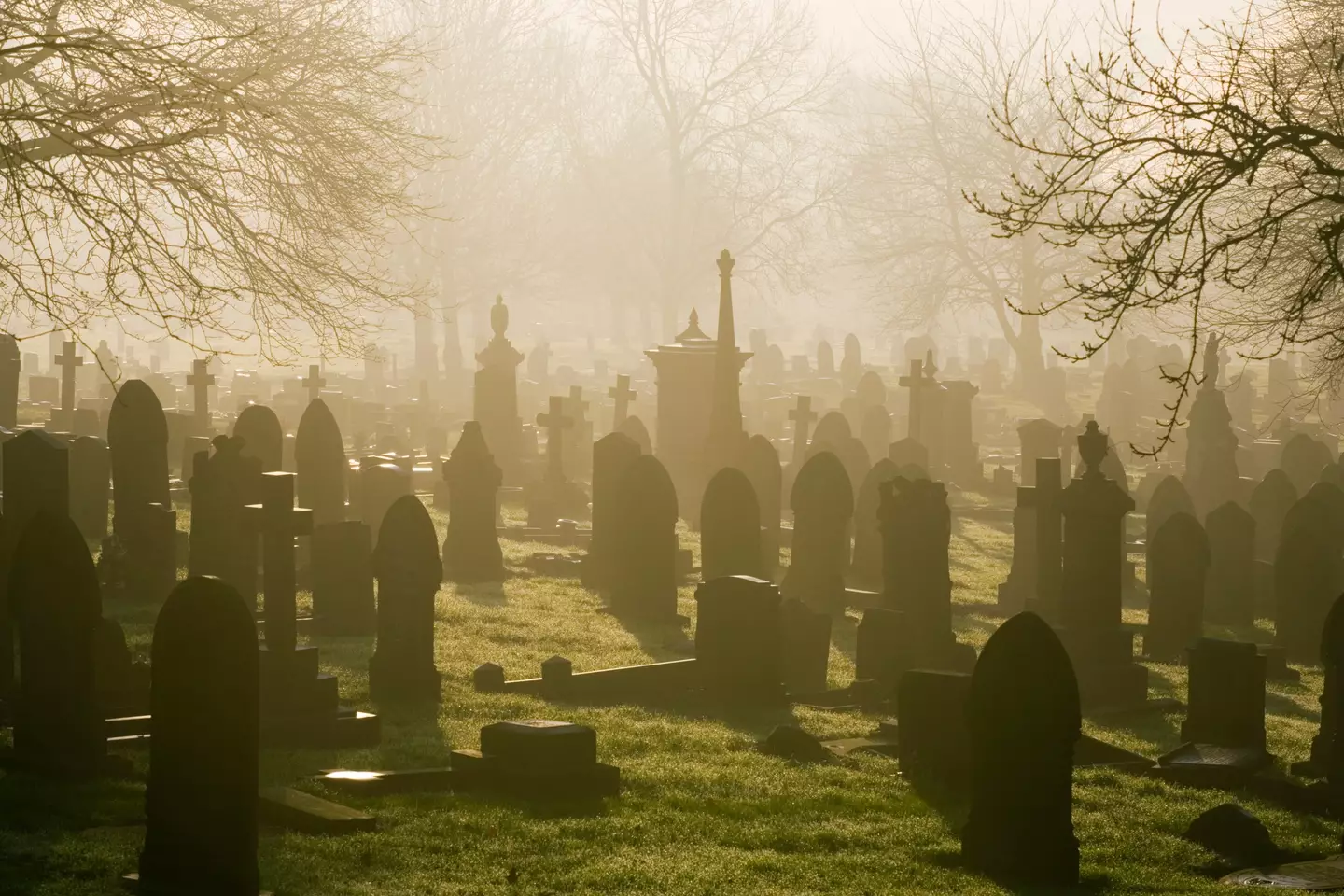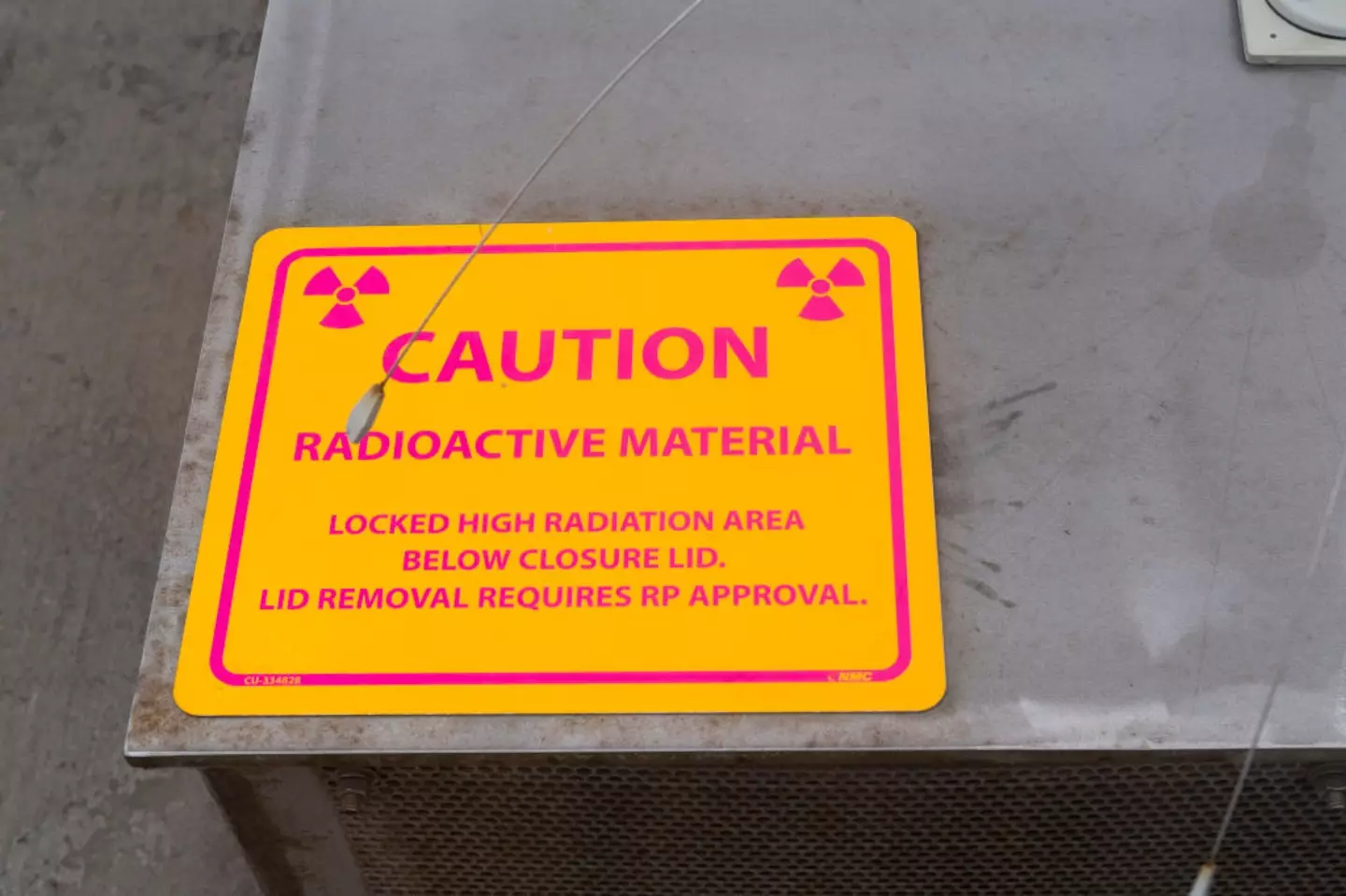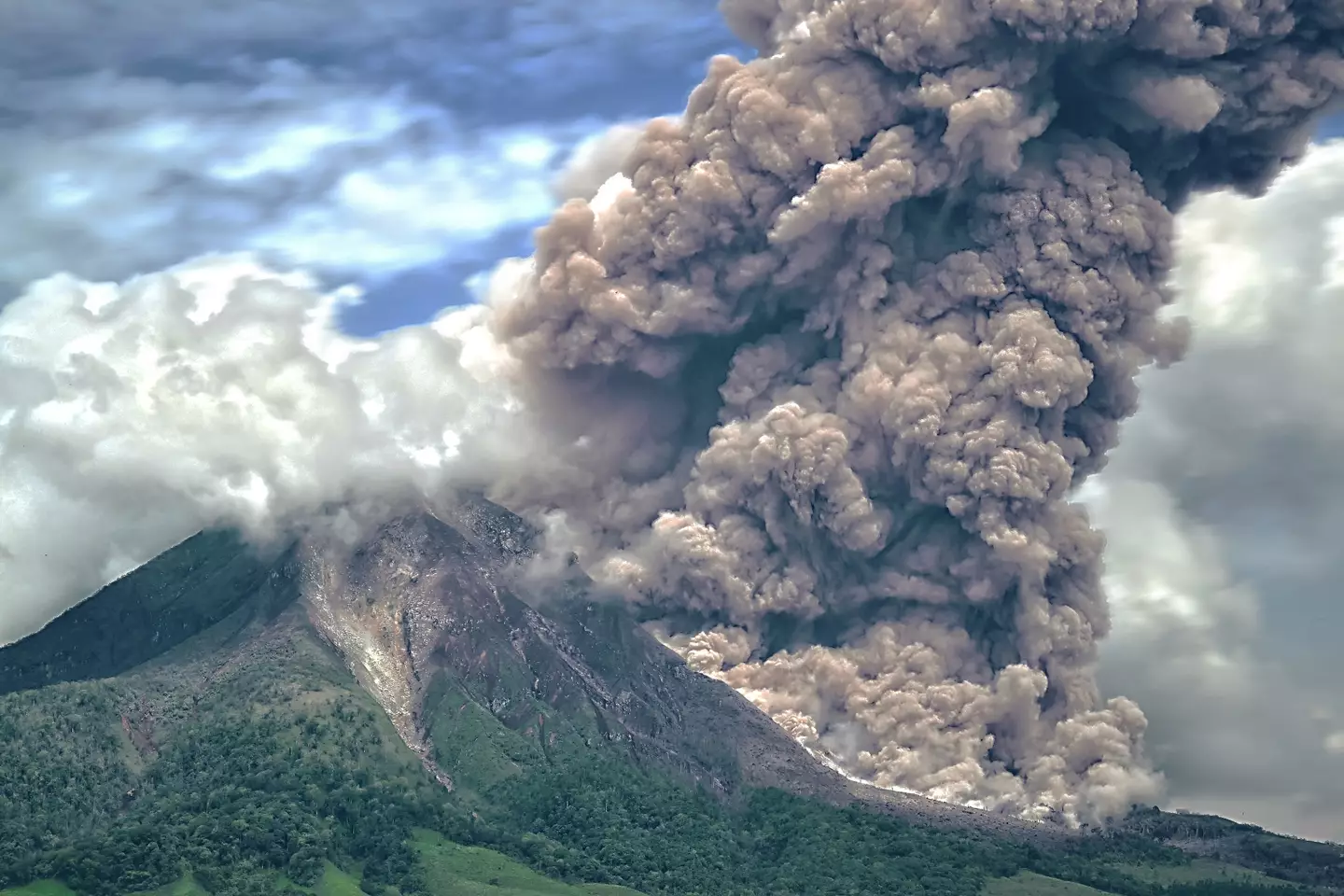Contemplating death is unsettling for many, but scientifically, some deaths are considered more dreadful than others.
From a man trapped upside down in a narrow cave passage for 28 hours to a rebel leader commanded to be devoured by his followers, there exists a multitude of horrifying ways to die.
However, according to scientific studies, these three deaths are the most excruciating.

One particularly harrowing way to die is being buried alive. While it may initially seem like a situation where one could dig their way out, scientists assert that it is far more challenging than it appears.
There is a range of opinions on how long a person could survive if buried alive, with estimates varying from 10 minutes to as long as 36 hours. Understandably, few individuals are willing to test this, suggesting it is not an ideal fate.
The struggle of being buried alive includes not only escaping a coffin but also dealing with the surrounding soil.
Without a shovel or similar tool, this would be immensely difficult. Although there have been instances of people attempting this escape, the risks are substantial.
One daredevil managed to dig his way up to four feet before nearly dying and requiring rescue.

It is no surprise that dying from radiation sickness is dreadful, with ample scientific evidence to support this.
The slow and painful process faced by victims of nuclear weapons exemplifies how lethal radiation can be. A notable case is Hisashi Ouchi, who suffered due to an accident at a Japanese power plant.
After a week of medical intervention, Ouchi begged doctors to cease treatment. His heart stopped three times but was restarted at his family’s request for continued efforts to save him.
Ultimately, it took 83 harrowing days for him to succumb, experiencing immense suffering as he ‘cried blood’ and his skin sloughed off. He eventually died of multiple organ failure.

A pyroclastic flow, the most lethal aspect of a volcanic eruption, is another horrifying way to die.
This fast-moving cloud of gas and volcanic materials follows an eruption and moves so swiftly that outrunning it is impossible. It obliterates nearly everything in its path, with temperatures reaching around 1,000°C.
The intense heat would lead to a quick death, but the final moments would be terrifying as one’s skin would be incinerated.
Thankfully, such extreme cases are rare, and most people are unlikely to face such horrific ends.

